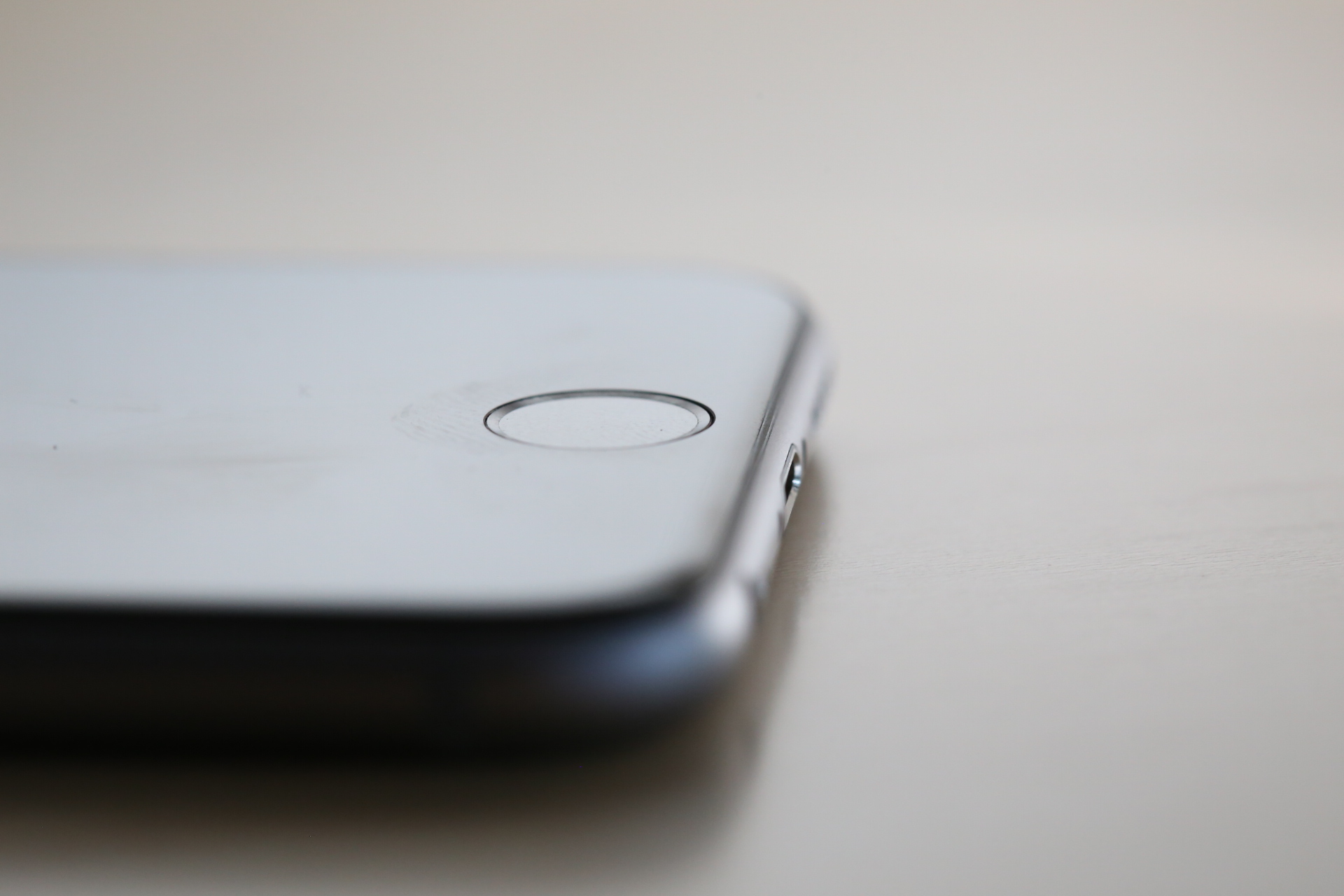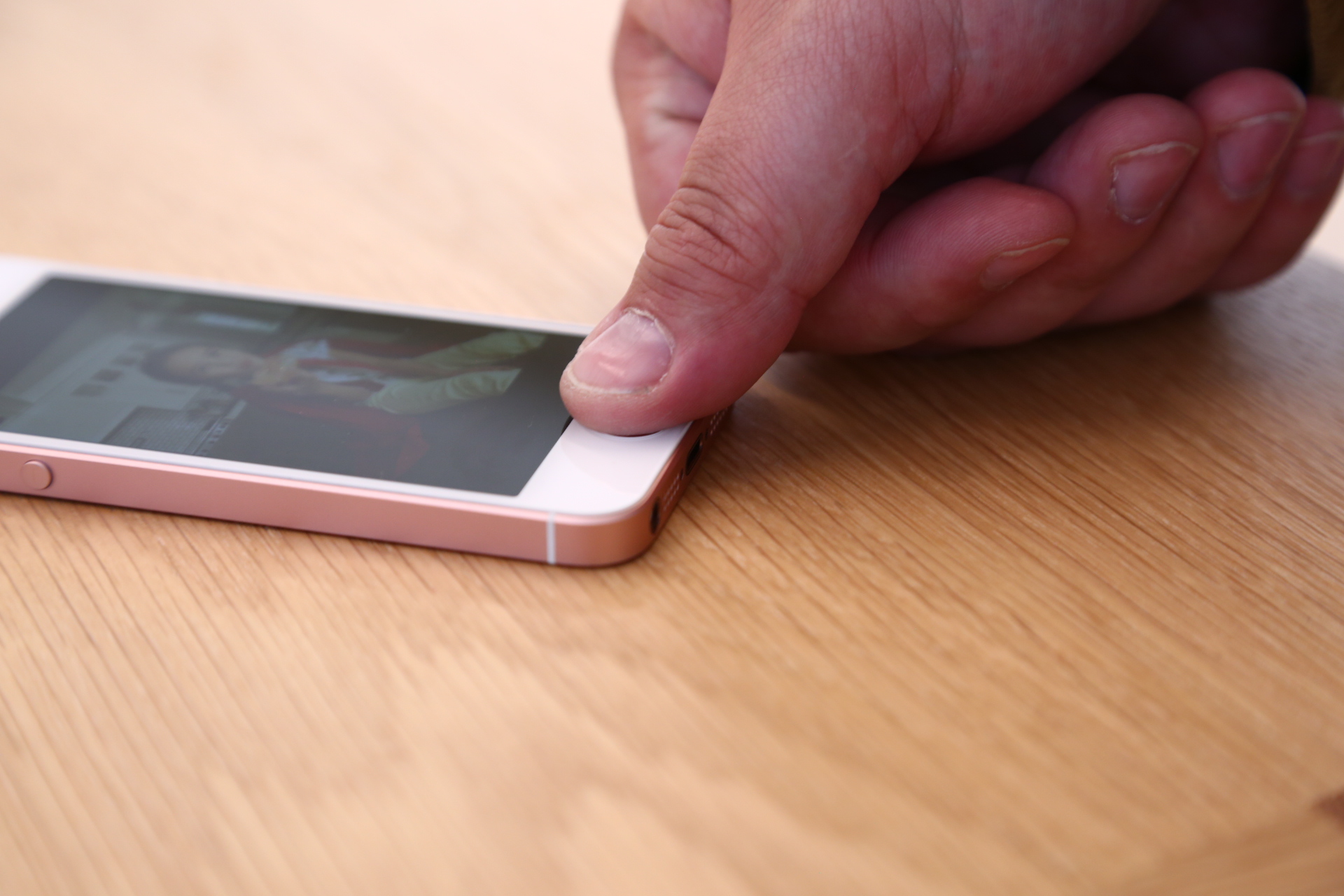Apple has, thank god, deigned to continue to offer a budget ticket into its planet-spanning luxury funhouse: the iPhone SE 3. If they discontinued this useful item, I’d have to switch to an iPad or back to Android, since the only alternatives have both an ugly notch and the Face ID it contains. Fortunately the new SE should carry us reasonable people right through until Apple reconsiders its position on Touch ID, like it did with USB-A and SD ports.
Why do I, and other discerning persons, choose the SE? Well, for one thing it is straight up the cheapest iPhone you can get. For some the argument begins and ends with that. For others, Touch ID is the clincher. But there’s also a legitimate question of whether what you get when you pay more is actually worth it.
A bigger screen? Sure, but that’s a drag for some people. The SE may not be as pocket-friendly as it was when it was the best phone Apple ever made, but compared a lot of what’s out there, it’s pretty svelte. And the idea of having it be “all screen” has never appealed to me either. So the screen has rounded corners — where buttons are supposed to be — and then a piece bit out of the top? No thanks.
More and better cameras? Well, I don’t want to make a “640 kilobytes ought to be enough” type argument here (that one’s for the ’90s kids) but really… we’ve reached a plateau in camera quality and what you can get out of the SE’s camera (and I’m talking about the last one) is more than good enough to do all the things we all ordinarily do with those images.
Let’s be honest: the only time most people see iPhone pictures bigger than their palm is at Apple events. Sure, the camera in the iPhone 13 Pro is better. But it’s all going to Instagram to be viewed for 3/4 of a second on a 5-inch screen from two feet away. If you want to get good results from a phone camera, you can do it on any phone from the last few years.
What else… computing power? Do you do a lot of video editing and FX work on your phone? Or is it mostly messaging, social media, and a handful of casual games that would probably run on a high-end graphing calculator? While having enough resources to quickly switch between apps and not be bogged down by big web services is great, chips left that milestone in the dust long ago.
Think about what Apple’s been saying about its new processors, A11, A12, A13 Bionic, etc, every time they come out. Two times faster! Four times faster! Six times faster! Those are cumulative, you know — by this point our phones should be about a thousand times faster than they were a few years ago. Do they feel a thousand times faster? No, because the things people actively do on phones don’t need to be done a thousand times faster. Naturally there are less visible processes, like computational photography and language engines that have been enabled by specialty chips, but performance hasn’t really been an issue on phones for years.
And then there’s Face ID. Look, I know some people like this. But there are a lot of people who don’t. Part of it is the creepiness factor — your face, really? I suppose we’re just old fashioned that way. But a big part of it is practical — there are so, so many situations where I would rather unlock my phone with my thumb, or one of several other fingers I have, rather than pick it up and stare at it. The situations where the reverse is true are few and far between, for me at least.
If the unlock mechanism is an always-on face scanner, it’s beyond your control. What if you don’t want to activate it? Putting your finger on the scanner is a deliberate choice, a stated user intent that they want to unlock the phone. I can do it in my pocket, or while it’s lying on my desk, with either hand. It’s simple — it works. Holding the phone and looking at it is something most people do half the day anyway — where’s the user intent there?
Not to mention the design choice of having one button and some safe bezels to grip is a good one. Since the early days of the iPhone a big draw was the simplicity that the home button added. Whatever you’re doing, whether you’re in a call, a game, a work document… press that button once and it’s gone, you’re at home. Having a button is a good thing. Having a bit on the corner you can grip that isn’t made of touchscreen is a good thing.
I never particularly liked the design of the iPhone 6-8; too much like a jellybean. Better than those newer ones though. I would switch to the old 5S design or even a notchless 13 Mini form factor, if only there were Touch ID. We had our doubts when it first was introduced, but it quickly became the method with the best balance of security and convenience.
I truly don’t care about almost any of the features Apple has added over the last few years. I know there are plenty who will disagree with me, and fortunately the new phones are going to be great for them. But as long as it is an option, I will be choosing the old-school style with Touch ID.
Of course I’m aware all the above comes off a slightly crusty. That’s okay. I embrace the crust — and you could too. Join me and let’s yell at clouds together!



